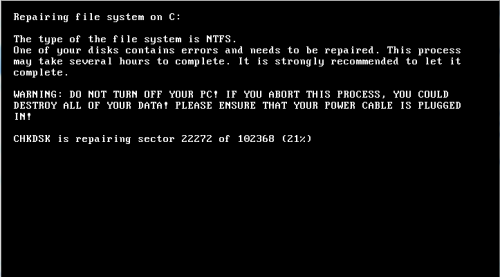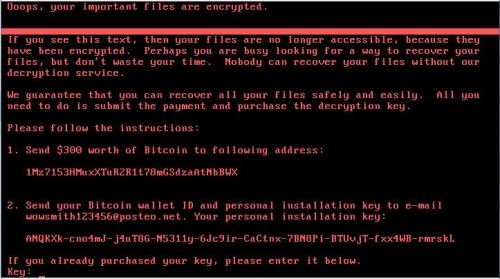- Aug 17, 2014
- 11,111
The jury is still out on whether the malware is Petya or something that just looks like it (it messes with the Master Boot Record in a way which is very similar to Petya and not commonly used in other ransomware).
Hasherzade who is a researcher well known for her great work with the original Petya ransomware, among other things, tweeted a bindiff showing the current strain has very high similarity to the original.
…but internally, not much has changed (comparison with version 3 – Green): pic.twitter.com/c1eZqBySOr
— hasherezade (@hasherezade) June 27, 2017
Hasherzade who is a researcher well known for her great work with the original Petya ransomware, among other things, tweeted a bindiff showing the current strain has very high similarity to the original.
…but internally, not much has changed (comparison with version 3 – Green): pic.twitter.com/c1eZqBySOr
— hasherezade (@hasherezade) June 27, 2017
Infection Propagation
Although people are calling this WannaCry v2 (or v3 depending on how much misinformation they read) there are some significant differences. WannaCry was spread entirely using the SMBv1 exploit nicknamed EternalBlue, which meant that infected systems would in turn scan and infect other systems which caused it to spread rapidly and exponentially. Had the WannaCry “kill switch” not been activated or not existed at all, the attack would continue to spread indefinitely across the entire internet. The Current Petya attack is different in the sense that the exploits it uses are only used to spread across a local network rather than the internet (i.e. you are extremely unlikely to be infected if you’re not on the same network as someone who was already infected). Due to the fact networks are of limited size and fairly quick to scan, the malware would cease spreading once it has finished scanning the local network and therefore is not anywhere near as infectious as WannaCry, which still continues to spread (though is prevented from activating via the “kill switch”).
The main reason people are saying Petya is bigger than WannaCry is due to the initial infection vector (how the malware started spreading). WannaCry would have likely been started by first infecting a few hundred computers which then scan an infect other computers, creating a snowball effect; however, current data suggests that Petya was deployed onto possibly millions or even 10s of millions of computers by hacking popular Ukrainian Accounting software “MeDoc”then using the automatic update feature to download the malware onto all computers using the software. All though MeDoc being the initial infection vector is unconfirmed (and even denied by the company itself), current evidence points to them (source1, source2, source3, source4).
The important difference between WannaCry and Petya is WannaCry was likely deployed onto a small number of computers and then spread rapidly, whereas Petya seem to have been deployed onto a large number of computers and spread via local network; therefore, in this instance there is low risk of new infections more than 1h after the attack (the malware shuts down the computer to encrypt it 1h after execution, by which time it will already have completed its local network scan).
As well as the use of EternalBlue, Petya also steals local credentials and then uses them to attempt to log in to other machines on the network via the Windows Management Instrumentation Commandline and deploy the ransomware, source: New Variant of Petya Ransomware Spreading Like Wildfire | McAfee Blogs
Again, it’s important to note that spreading appears to be limited to only devices on the local network...



